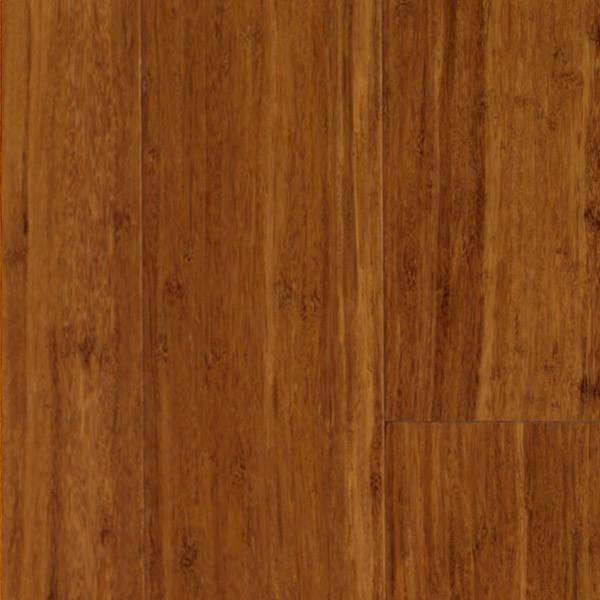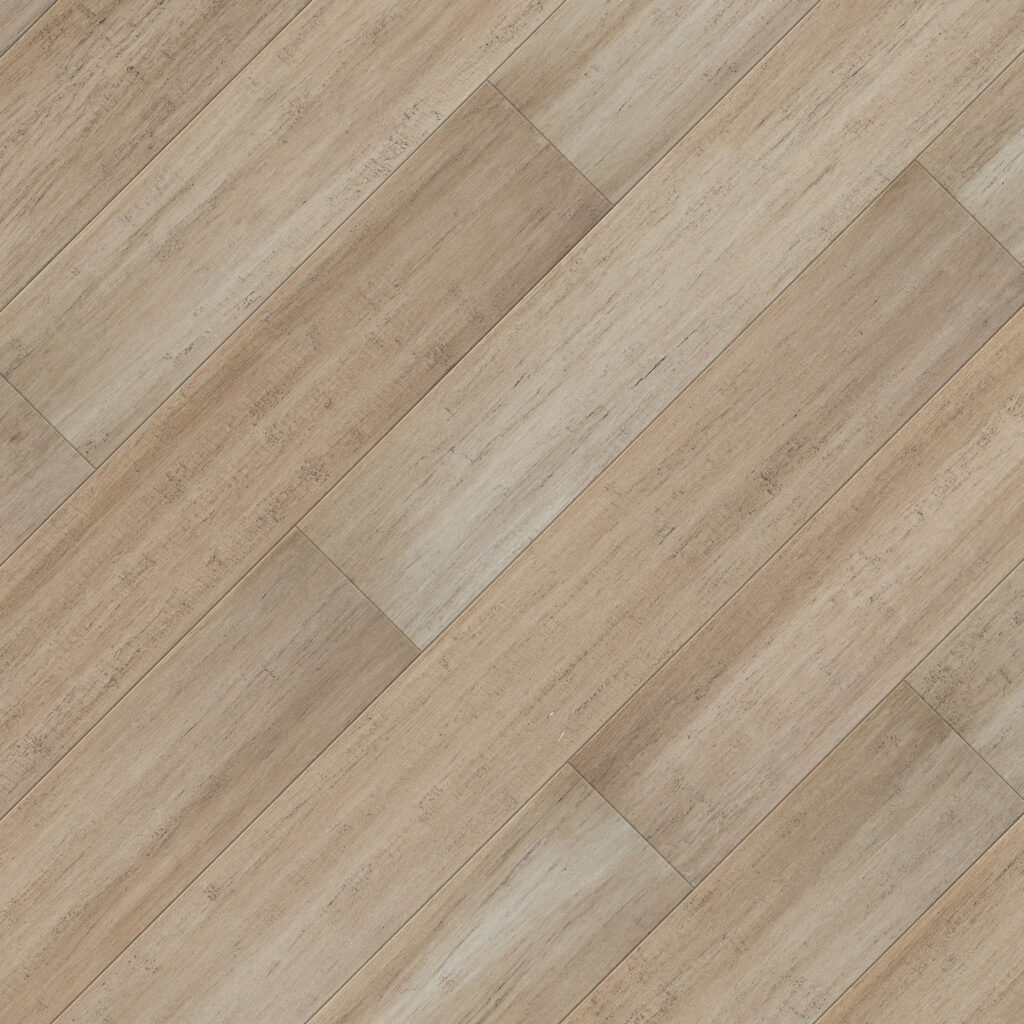The Complete Guide to Bamboo Flooring
The Complete Guide to Bamboo Flooring
Blog Article
Just about everyone has their private opinion when it comes to How to Clean Bamboo Floors.
Bamboo flooring is renowned for lots of property owners due to its advantages. It has become the significant choiced floor for service and house owners whenever there is need for sustainability.
Bamboo just like wood, is prone to damages and splitting when humidity levels change.
Are you assuming about bamboo flooring for your house? We will also discuss the various types of bamboo flooring readily available on the market.
Sorts Of Bamboo Flooring
There are 3 basic alternatives: strand-woven, vertical, and straight. Property owners can pick which kind of bamboo flooring to acquire based on their traits. The customer's intended visual influences the chosen Bamboo flooring kind.
Engineered Bamboo Flooring
Both solid as well as crafted bamboo flooring options are offered. When the bamboo timber fits, it isn't simple to compare them.
Yet their differences are due to their making. For instance, engineered bamboo wood has a thin plywood support.
Whether crafted or strong, bamboo flooring is strong, resilient, and attractive.
Engineered bamboo flooring uses the drifting timber flooring over a thin foam base. They might additionally remain in the type of broad planks. For example, they are readily available in sizes as much as 19 cm.
Strong - Straight Bamboo Flooring
You will certainly observe that this type is almost the like vertical bamboo flooring. It has a small variation. Straight bamboo is one of the most prominent sorts of bamboo flooring.
It is made by drying substantial strips of bamboo, slicing these bigger items into thinner strips, and then gluing them to create slabs. The boards will certainly after that undergo stress and warmth to ensure they are well attached.
Natural bamboo has a lighter shade. Hence, the strips are often tarnished. While carbonized bamboo will be less difficult than normal bamboo, if you need a darker color, it might do you excellent. It also provides the all-natural bamboo looks and also a selection of options.
Strand Woven Bamboo Flooring
Shredding the bamboo to remove the fibers is just one of the more luring steps in generating strand-woven bamboo floorings.
The bamboo fiber is frequently mixed with an adhesive after it's made to a pulp. The product is after that weaved as well as pressed together under fantastic warm, as the name suggests.
After making horizontal and also upright bamboo, the strips serve to develop strand woven bamboo. The eco-conscious purchaser might discover this attribute appealing. The reason is that it guarantees that the entire bamboo stalk creates extremely little waste.
Strong - Vertical Bamboo Flooring
Slim strips of completely dry bamboo timber glued vertically as well as pressed using high warmth and stress create this sort of bamboo flooring.
The thinnest side of the bamboo slabs will certainly remain in an upright type. A company bonding, pushing, and lamination will adhere to. As a result of their approach of signing up with, the bamboo strips include a slim grain pattern.
The advantage about this type of bamboo flooring is that it is very budget friendly as well as sturdy. It provides a stylish and classy flooring surface. It is not commonly readily available.
Functions And What to Remember When Choosing Bamboo Flooring
With a multi-layered finish, bamboo flooring will be rather resilient. Yet bear in mind that future touch-ups could need a more knowledgeable flooring expert.
Also, using your coating will make matching repair services less complicated once set up in your house. The coating will not last as long as factory surfaces.
Other than that, right here are some interesting features of bamboo flooring.
Eco-Conscious
This flooring originates from an all-natural plant called the bamboo plant. So when contrasted to other tree species used to make wood flooring, bamboo expands even more as well as much faster.
Inexpensive Maintenance
You can keep bamboo flooring in good condition by cleaning as well as damp wiping. Despite being more prone to scrapes, bamboo flooring is really basic to preserve.
You might get bamboo floors that are as good as brand-new by sanding them down as well as applying a fresh layer of paint.
Resilient
Bamboo flooring is not created equivalent. There are lots of types of bamboo, as well as the various approaches utilized to transform it into slabs affect its longevity.
Therefore, bamboo, like hardwood flooring, can end up being prone to deterioration in time. Also, damaging, cracking, and various other damage might occur. You can likewise sand some bamboo to appear like hardwood, but not all.
Bottom Line
It's straightforward to recognize why bamboo flooring has become more popular nowadays. For practically any type of home, bamboo supplies lots of solid and also sound solutions for the atmosphere. Bamboo floor could be the finest alternative for updating your flooring.
We will certainly likewise review the different kinds of bamboo flooring offered on the market. Homeowners can pick which kind of bamboo flooring to purchase based on their traits. Straight bamboo is one of the most popular kinds of bamboo flooring.
While carbonized bamboo will certainly be less tough than normal bamboo, if you need a darker color, it might do you good. After making upright as well as straight bamboo, the strips offer to develop hair woven bamboo.
Bamboo Flooring
Manufacture of Bamboo Flooring
Stranded bamboo is made by shredding the bamboo stalks into small strands, which are compressed into sheets using heat and resin binders, then cut into planks to use as building materials. This form of flooring is available both as tongue-and-groove planks that are nailed down, as well as planks that float over the underlayment. This is a premium form of bamboo flooring, available in many colors.
Horizontal bamboo flooring is manufactured by cutting the strands into thin strips which are then glued together to form planks. This type of flooring has a "grain," since the long stalk fibers are visible in the flooring. This type of bamboo is not as hard or durable as stranded bamboo, but it can have a very striking appearance. It, too, is available both in nail-down planks and as floating floor planks.
Engineered bamboo flooring is made by bonding a thin layer of bamboo onto a plywood or MDF core. This flooring is comparable to engineered hardwood and is installed in the same way—usually with click-lock planks that float over a foam underlayment. It is the least expensive (and least durable) form of bamboo flooring, and it cannot be refinished.
Unless it is stained, most bamboo flooring has a natural blonde or amber color that resembles unfinished maple or birch, but darker tones are available through a process called carbonizing, which entails subjecting the planks to high temperatures. While the color can be very attractive, carbonized bamboo is softer than uncarbonized forms, and is more susceptible to scratching.
Eco-Friendliness
Environmentally conscious consumers are often drawn to bamboo as a wholly renewable resource. Unlike the hardwood lumber industry, where trees can take decades to mature, bamboo stalks grow so fast that there is little environmental liability to the harvest practices. Moreover, bamboo stalks that are cut simply continue to grow and replenish themselves so that they can be harvested.
But the manufacturing process creates other environmental concerns. Bamboo floor planks are manufactured by slicing or shredding the stalks of bamboo grass plants and then compressing the pulp back together using heat, pressure, and a resin-based adhesive identical to those used in many other flooring products. This adhesive often contains urea-formaldehyde that can outgas into the air.1
The level of adhesive used and the amount of toxins emitted will vary, depending on how the bamboo planks are manufactured. Cheaper products may contain more formaldehyde, while more expensive products may use alternative materials in the resins. The amount of formaldehyde used in bamboo flooring is similar to that found in engineered hardwood flooring or MDF sheathing, and it tends to be a problem only for sensitive individuals.2 But if this concerns you, look for bamboo products labeled as formaldehyde-free.
Bamboo Flooring Cost
This material is priced at about the same level as most hardwood floors. You can find bamboo flooring products ranging from about $2 to $8 per square foot, with a national average of $3.84 per square foot. Installation costs for bamboo flooring are much the same as for hardwood flooring. On average, figure on adding about $4 per square foot for installation labor in addition to the cost of materials. You should be able to get a good-quality bamboo installed for less than $10 per square foot, including materials and labor.
https://www.thespruce.com/benefits-and-drawbacks-of-bamboo-floors-1314694

We hope you enjoyed our post on Bamboo Flooring. Thank you so much for finding the time to read through our short article. In case you enjoyed reading our blog entry plz be sure to pass it around. Thank you for your time spent reading it. Report this page